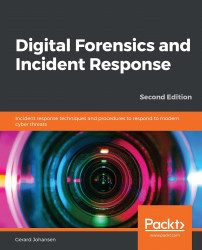The release of Mandiant's APT1 report provided information security professionals with a deep insight into one of the most experienced and prolific threat groups operating. The insight into the Chinese PLA Unit 61398 also provided a context around these sophisticated threat actors. The term Advanced Persistent Threat (APT) became part of the information security lexicon. Information security and incident responders now had insight into threats that conducted their activities without detection, and over a significant period of time.
Continued research has also demonstrated that organizations still lag far behind in their ability to detect a breach that has occurred or that is currently ongoing. The 2018 Cost of a Data Breach Study: Global Overview authored by IBM and Ponemon Institute determined that of the 477 organizations that were surveyed, there was...



